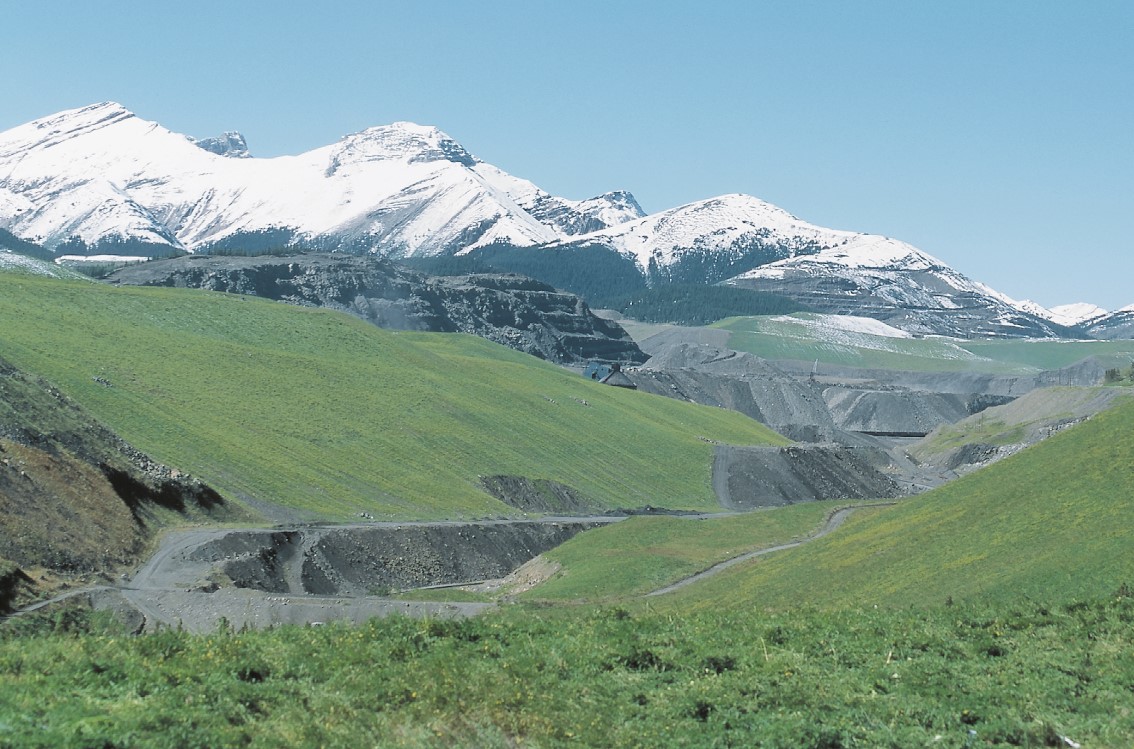
Abstract
Increasing global demands have resulted in widespread proliferation of resource extraction. Scientists are challenged to develop environmental mitigation strategies that meet societal expectations of resource supply, while achieving minimal disruption to sensitive “wilderness” species. We used GPS collar data from a 9-year study on grizzly bears (Ursus arctos) (n = 18) in Alberta, Canada to assess movements and associated space use during versus after mining. Grizzly bear home range overlap with mined areas was lower during active mining except for females with cubs, that also had shortest movements on active mines. However, both females with cubs and males made shorter steps when on/close to mines following mine closure and reclamation. Our results show differences in bear movement and space-use strategies, with individuals from a key population segment (females with cubs) appearing most adaptable to mining disturbance. Preserving patches of original habitat, reclaiming the landscape and minimizing the risk of direct human-induced mortality during and after development can help conserve bears and other wildlife on industrially modified landscapes.
Access the full article here (open access).
Citation
Cristescu, B., Stenhouse, G. B., & Boyce, M. S. (2016). Large Omnivore Movements in Response to Surface Mining and Mine Reclamation. Scientific Reports, 6(19177). doi:10.1038/srep19177






